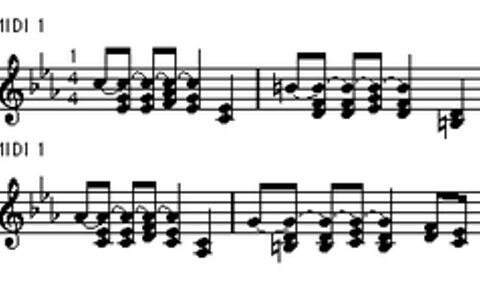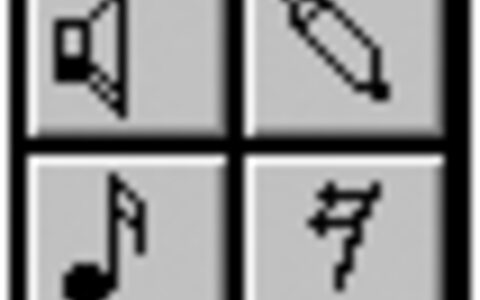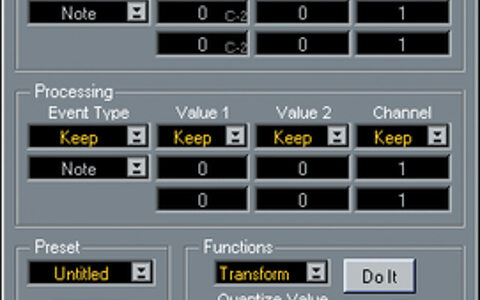
Steinberg HALion
Software samplers are not new, but until now they have only existed as stand-alone applications or sequencer-specific plug-ins. Paul Sellars investigates Steinberg's HALion, which offers close integration with Cubase VST, but can also be used as a VST-format plug-in from other sequencers.









